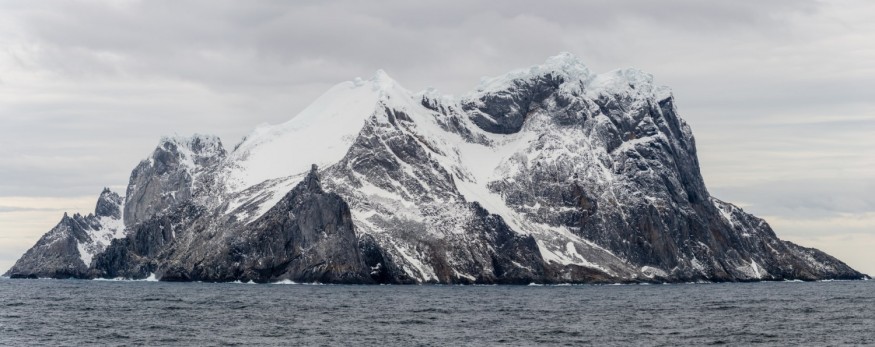Antarctica is a continent formed of several large islands, one of which is the same size as Australia. All of these islands are buried beneath a 10,000-foot layer of ice. The ice contains enough fresh water to raise the sea level by nearly 200 feet if it melts. The current situation of melting glaciers and warming waters might be the start of the ancient continent's big reveal.
Its glaciers have always been progressing, but beneath the surface, changes are happening that will have a significant impact on the ice sheet's future-and on the future of coastal communities around the world.

Ted Scambos is a polar scientist, who has been studying, analyzing, measuring, and trekking Antarctica. He is a Senior Research Scientist from CIRES, University of Colorado Boulder.
As far as polar science can tell, the ice sheet has been stable for most of the last few centuries, according to Scambos. He goes on to say that the ice changes were gradual. Icebergs would break away, but new outflow would replace them. Total snowfall had not changed much in centuries, and the flow of ice and elevation of the ice sheet appeared to be so constant that one of the early goals of ice research in Antarctica was to find a place, any place, where the ice sheet had changed dramatically.
Iceless Antarctica
Recent efforts to consolidate data from hundreds of plane and ground-based studies have resulted in a map of the continent beneath the ice. The Transantarctic Mountains divide the landscape into two very different landscapes.
The continent is rugged and fissured in East Antarctica, which is closer to Australia, with several low mountain ranges. Some of these mountains have alpine valleys, which were cut by the first glaciers that formed 30 million years ago in Antarctica when the climate was similar to that of Alberta or Patagonia. The bedrock of East
Antarctica is mostly above sea level. In March 2022, the city-sized Conger ice shelf collapsed due to an unexpectedly intense heat wave.
This area was most likely an open ocean as recently as 120,000 years ago, and most definitely so in the last couple of million years. This is significant because our current climate is rapidly approaching the temperature ranges of a few million years ago.
Large-Scale Retreat
Toward the coast of West Antarctica is a large area of ice called Thwaites Glacier, the widest glacier on earth, measuring 70 miles across. It drains an area nearly as large as Idaho.
Scambos pointed out that it is in the early stages of a large-scale retreat, as per satellite data. Each year, the height of the surface has dropped by up to 3 feet. Huge cracks have formed along the coast, causing many large icebergs to float away. The glacier is moving at a rate of more than a mile per year, nearly doubling in the last three decades.
Using radio echo-sounding, some of the first ice depth measurements revealed that the center of West Antarctica had bedrock up to a mile and a half below sea level. With a few mountains and some higher ground, the coastal area was shallower; however, a massive gap between the mountains lay near the coast. Thwaites Glacier meets the sea at this point.
Below the "Belt"
Thwaites had not changed much since it was first mapped in the 1940s until recently. Warmer air, melting glaciers, and receding surfaces were initially thought to be the cause of the retreat. However, from the surface, the cause of the changes at Thwaites seen in satellite data is not so obvious.
The cause of the retreat becomes apparent beneath the ice, at the point where the ice sheet first lifts off the continent and begins to jut out over the ocean as a floating ice shelf.
Ocean water that is well above the melting point is eroding the ice's base, erasing it like an ice cube bobbing in a glass of water.
Here, water capable of melting 50 to 100 feet of ice per year collides with the ice sheet's edge. The ice flows faster as a result of the erosion, pushing against the floating ice shelf, Newsweek reports.
Scambos said that one of the restraining forces holding the ice sheet back is the ice shelf. However, the land ice is gradually breaking this ice plate. When it gives way, it will be another step in the feedback loop, allowing the ice to flow faster.
Related article : Despite Global Warming, Antarctica Ice Shelves Exhibit Growth for the Past 20 Years
© 2025 NatureWorldNews.com All rights reserved. Do not reproduce without permission.





